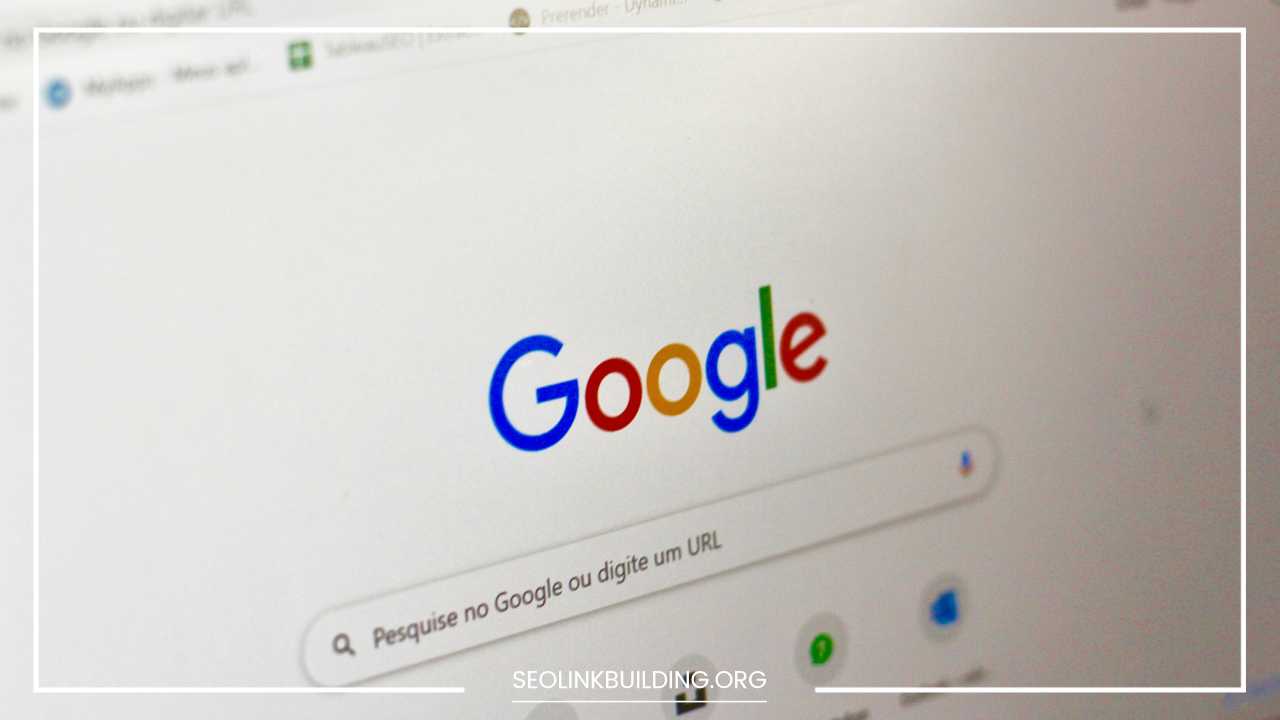How to Get Google to Index Your Website

How to Get Google to Index Your Website
In today’s vast digital landscape, having a website is not enough. To truly make a mark in the online world, getting your website indexed by search engines is paramount.
Among the myriad of search engines, Google stands tall, making it crucial for website owners and developers to comprehend the intricacies of getting their websites indexed effectively.
In this comprehensive guide, we will delve into detailed strategies and best practices to ensure that Google crawls and indexes your website promptly, ultimately boosting its visibility and driving valuable organic traffic.
Create and Submit a Sitemap:
A sitemap is akin to a roadmap for search engine crawlers. It is a structured file that provides detailed information about the pages, videos, and other files on your website, helping search engines understand its structure.
To expedite the indexing process, create a comprehensive sitemap in XML format and submit it to Google Search Console.
Ensure that your sitemap is regularly updated and submitted whenever changes are made to your website, signaling to Google that it needs to crawl and index the latest content.
Optimize Your Robots.txt File:
The robots.txt file is a critical element that guides search engine crawlers on which pages or sections of your website should not be crawled or indexed.
It’s essential to ensure that your robots.txt file is properly configured to allow access to essential pages while restricting access to sensitive or irrelevant content.
This file plays a pivotal role in directing Google’s bots through your website efficiently, influencing the overall indexing process.
Quality Content is Key:
Google prioritizes content quality when indexing websites. It’s not just about keywords but creating informative, engaging, and unique content that adds significant value to your audience.
Utilize relevant keywords naturally within your content, headings, and meta tags. Regularly updating your website with fresh, high-quality content not only keeps your audience engaged but also signals to Google that your site is active and deserves frequent indexing.
Optimize Page Load Speed:
Page speed is a critical factor for both user experience and search engine rankings. Google places a significant emphasis on fast-loading websites, so optimizing your website’s images, leveraging browser caching, and utilizing a Content Delivery Network (CDN) are essential steps to enhance your website’s speed.
Faster-loading pages are more likely to be crawled and indexed promptly, positively impacting your overall SEO performance.
Mobile-Friendly Design:
With the exponential rise in mobile users, Google prioritizes mobile-friendly websites. Ensure that your website is responsive and provides an excellent user experience across various devices.
Google’s mobile-first indexing means that the mobile version of your site is considered the primary version, making mobile optimization crucial for successful indexing and, consequently, improved search rankings.
Build Quality Backlinks:
Backlinks are like the currency of the web, especially when they come from reputable and relevant websites. Focus on building high-quality backlinks through strategic outreach, content marketing, and partnerships.
Google views backlinks as a strong signal of trust and authority, leading to more frequent indexing of your website. A well-structured backlink profile can significantly impact your website’s visibility in search results.
Social Media Presence:
Engaging with your audience on social media platforms is not just about building a brand presence; it can also indirectly influence your website’s indexing.
When your content is shared on social media, it increases visibility and can attract more attention from Google’s crawlers.
Establishing a strong social media presence can create a positive ripple effect, impacting your website’s indexation and overall online visibility.
Fix Crawl Errors:
Regularly monitoring Google Search Console for crawl errors is a crucial step in maintaining a healthy website.
Addressing crawl errors promptly, such as broken links or server issues, ensures that Google’s bots can navigate your site effectively.
Resolving these issues not only contributes to a smooth crawling and indexing process but also reflects positively on your website’s overall health and performance.
Use Fetch as Google:
Google Search Console provides a valuable tool known as “Fetch as Google,” enabling you to manually submit URLs for indexing.
This is particularly useful when you’ve made significant updates or added new content to your website. By using this tool strategically, you can expedite the process of getting your latest content into Google’s index, ensuring that your website stays current and relevant.
Monitor and Analyze:
In the dynamic world of the internet, staying vigilant is crucial. Regularly monitor your website’s performance using analytics tools. Keep track of your search rankings, organic traffic, and indexed pages.
Regular analysis will help you identify areas for improvement, allowing you to fine-tune your strategies to maintain a strong presence in Google’s ever-evolving index.
Final Remarks:
Achieving optimal visibility on Google is not a one-time task but an ongoing process that requires dedication and strategic planning.
By implementing the comprehensive strategies outlined in this guide, you can significantly increase the likelihood of getting your website indexed promptly and efficiently.
It’s essential to remember that the digital landscape is ever-evolving, so staying informed about the latest SEO trends and Google’s algorithms will empower you to adapt and maintain a robust online presence in the long run.
Ultimately, by mastering the art of website indexing, you pave the way for sustained growth, increased visibility, and success in the highly competitive online arena.













